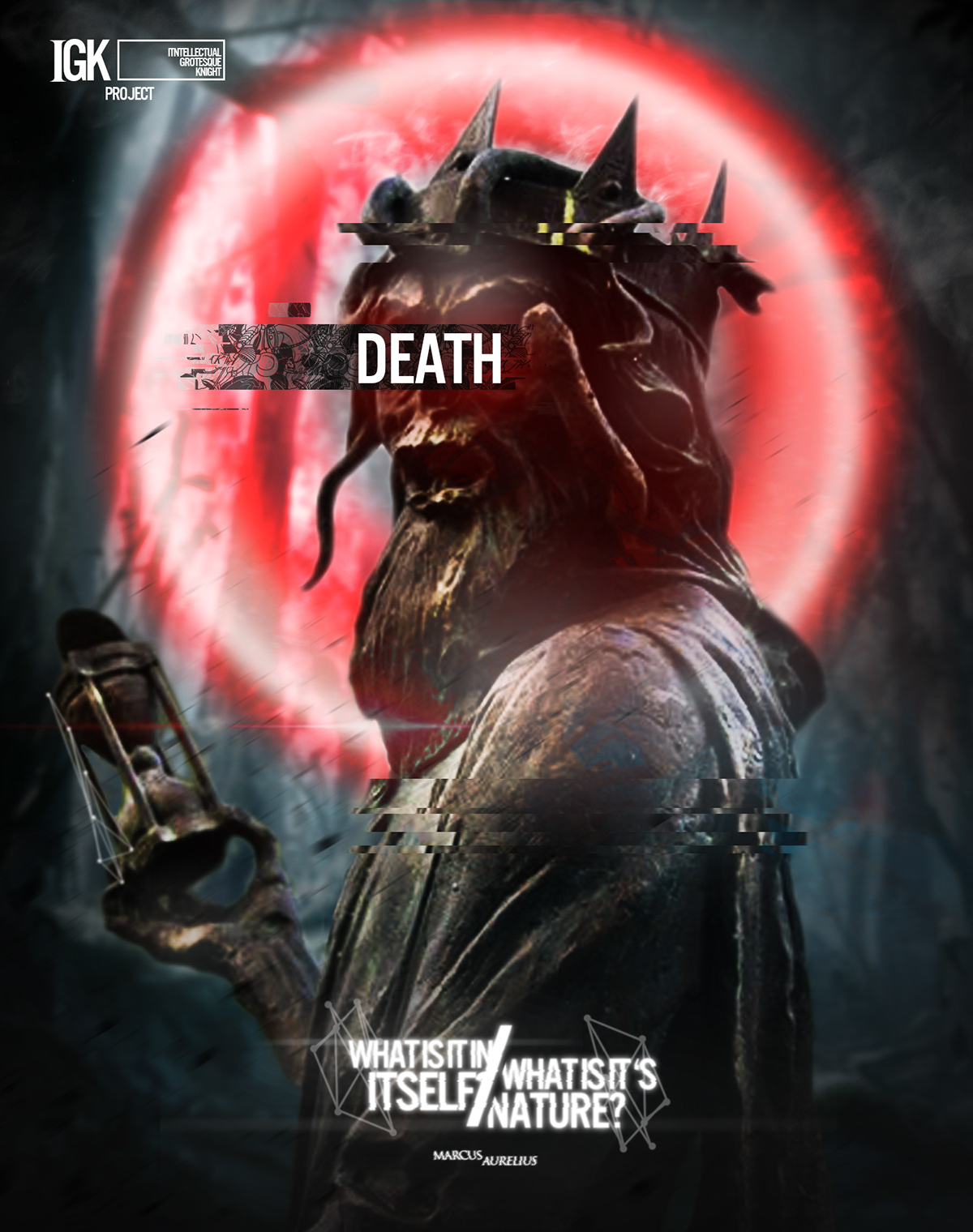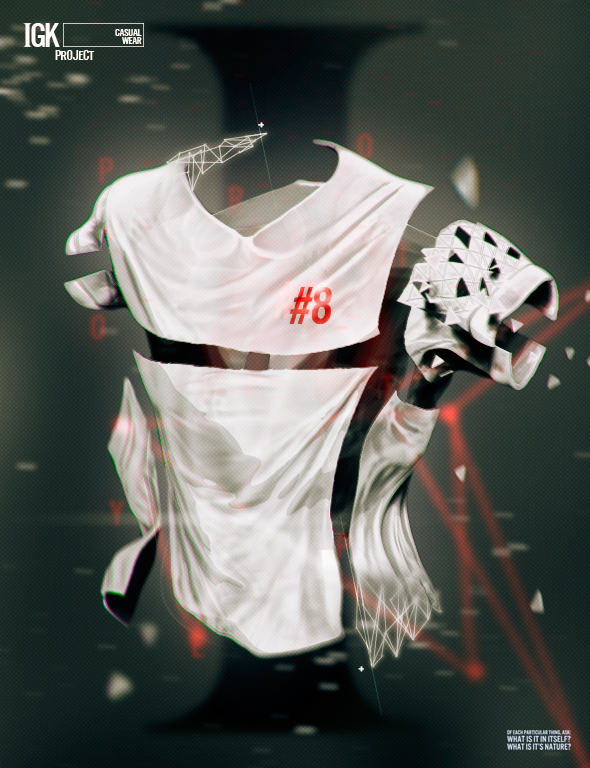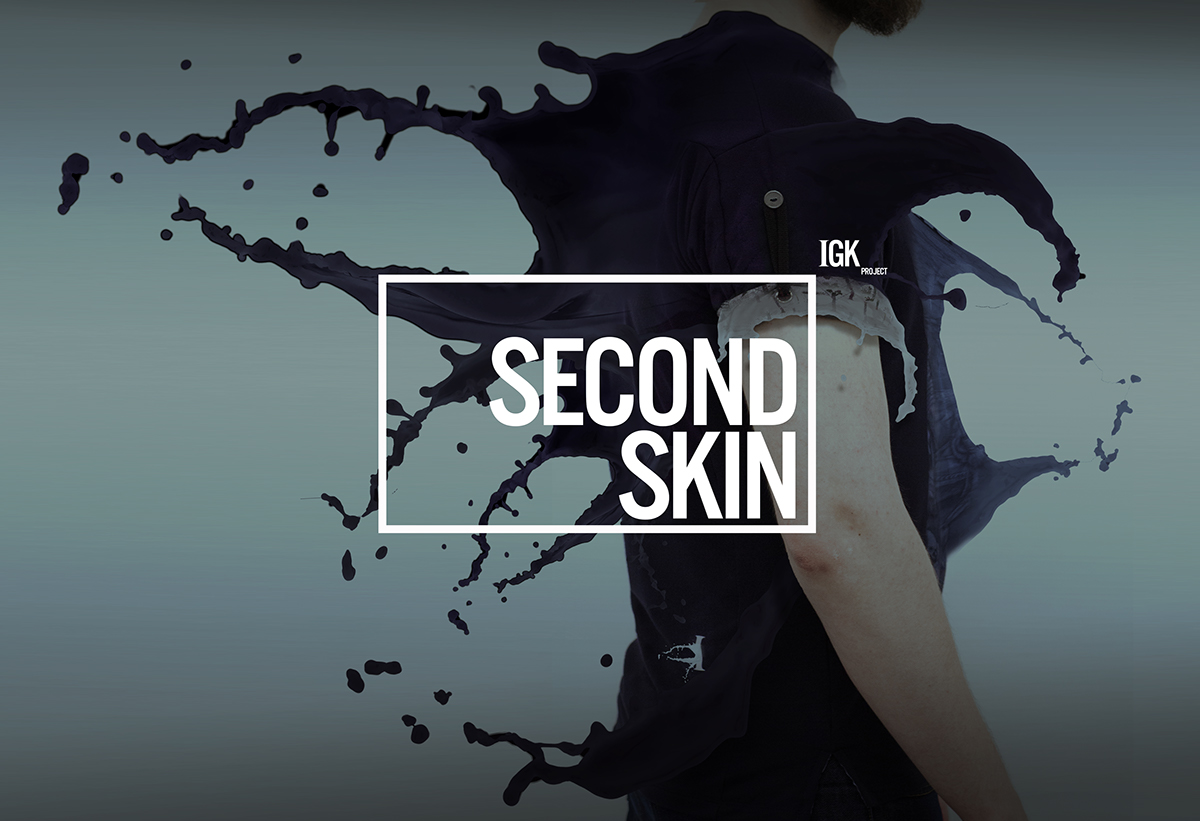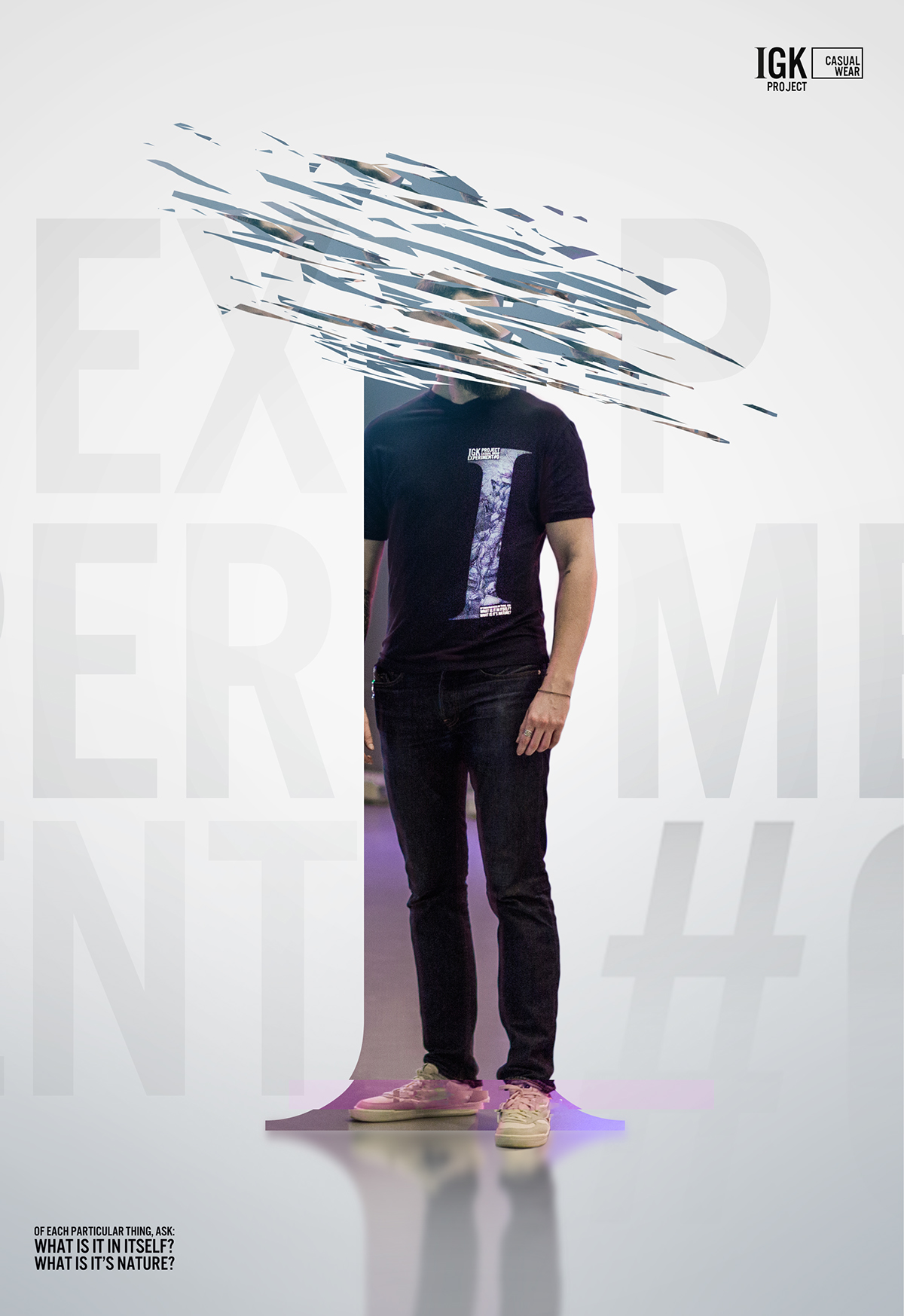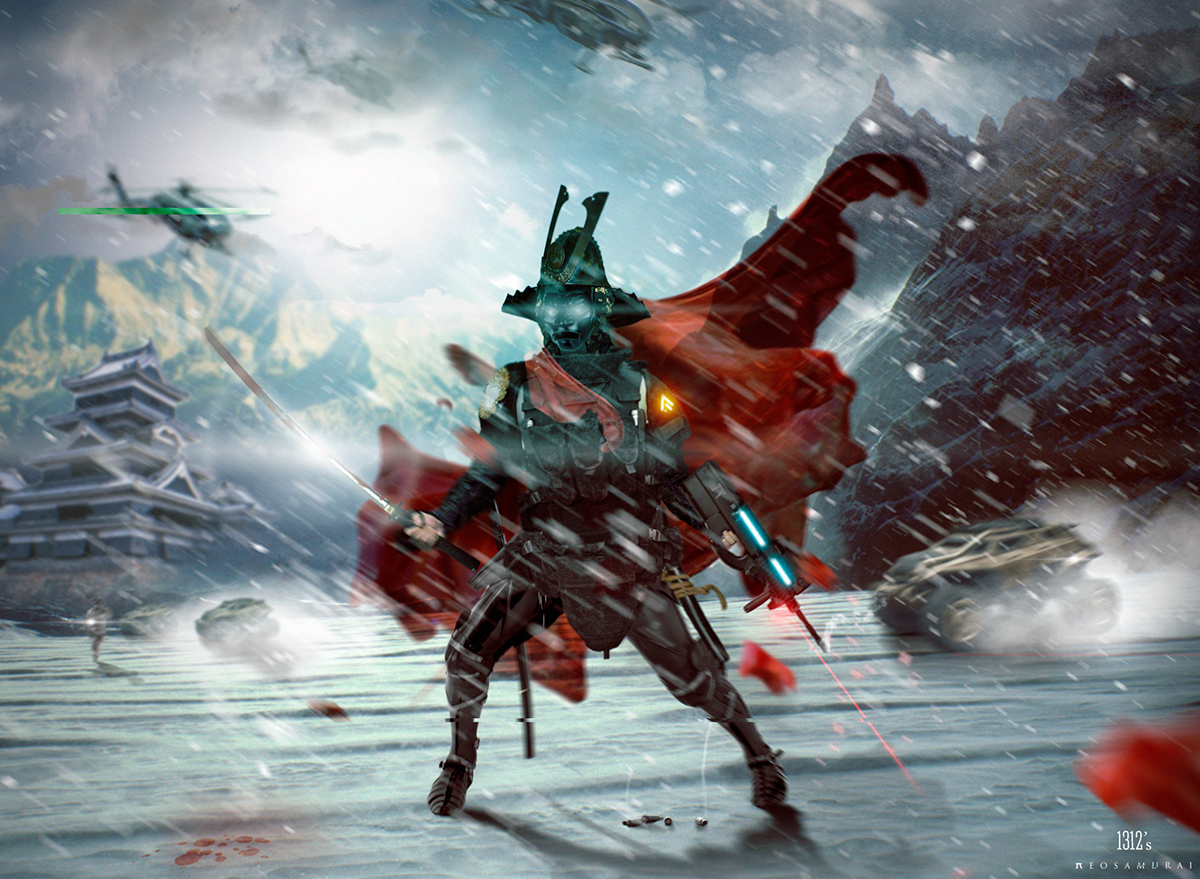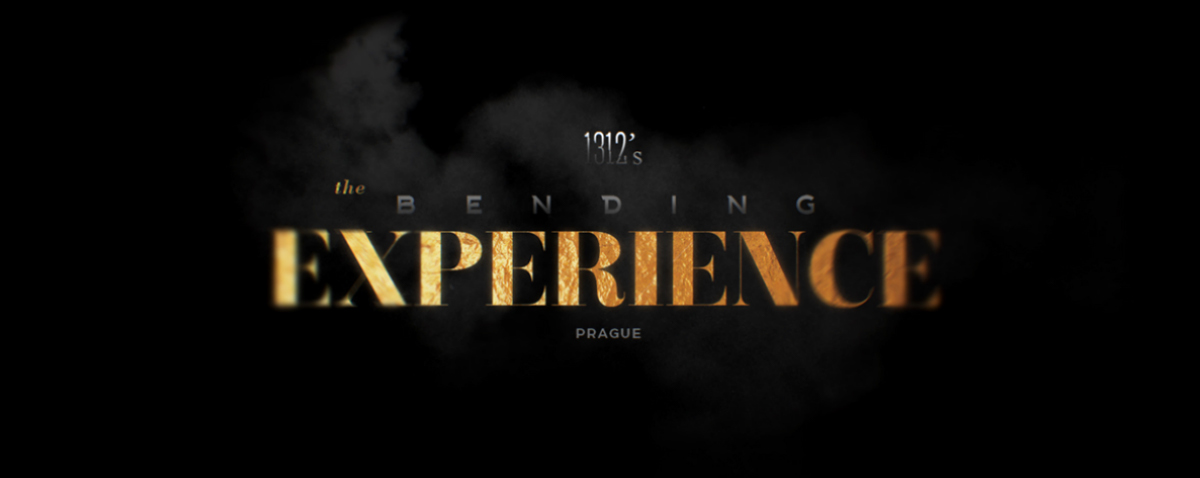
"The Bending Experience" is the immersion into the world of marble and bends sculptures of various countries and parts of the world.
The first such area was mystical Prague. One of the most visited places in Prague is the Charles Bridge, named after its Creator - Charles IV. What is interesting for this bridge, in addition to enveloping its legends and rumors? Of course this sculpture.
The first such area was mystical Prague. One of the most visited places in Prague is the Charles Bridge, named after its Creator - Charles IV. What is interesting for this bridge, in addition to enveloping its legends and rumors? Of course this sculpture.
"The Bending Experience" - это погружение в мир мрамора и изгибов скульптур различных стран и уголков мира.
Первым таким уголком стала мистическая Прага. Одним из самых посещаемых мест в Праге является Карлов Мост, названный в честь его создателя - Карла IV. Чем же интересен этот мост, помимо окутывающих его легенд и слухов? Конечно же это скульптуры.
Первым таким уголком стала мистическая Прага. Одним из самых посещаемых мест в Праге является Карлов Мост, названный в честь его создателя - Карла IV. Чем же интересен этот мост, помимо окутывающих его легенд и слухов? Конечно же это скульптуры.
Object 01
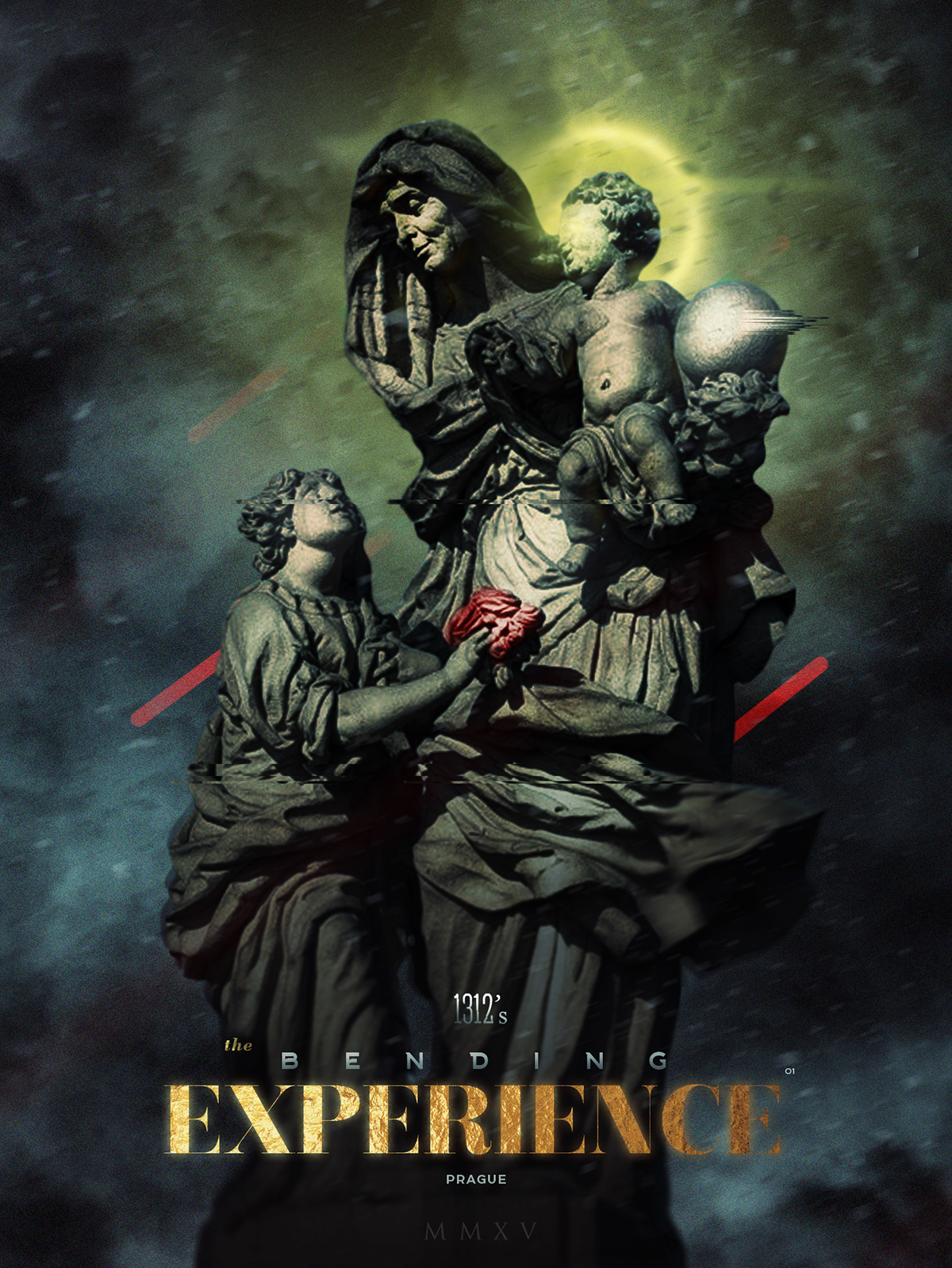
Saint Anne, mother of virgin Mary, the patroness of marriage, babies, mothers, and widows. In the hands of St. Anne is sitting the infant Jesus holding a globe. Young Mary looks at her mother with endless love and hands her a small bouquet of roses. Catholicism celebrates as a holiday and December 8 — day conception of the virgin Mary, the Roman Catholic Church considers immaculate, treating it in the sense that Mary had not moved the original sin, but not that she, like Jesus, was conceived bessmennym way. According to Orthodox versions of the hagiography, Joachim passed away a few years later by the introduction of the daughter in the temple, 80 years of age. Saint Anne died 79 years of age, two years after it spent time in the temple next to her daughter. The memory of the Dormition of the righteous Anna on July 25 (August 7).
Buried Joachim and Anne near future tomb of his daughter, and also the tomb of Joseph the betrothed, in the garden of Gethsemane, under the mount of olives, near Jerusalem. These tombs were located on the edge of Iosafatovoj valley, lying between Jerusalem and the mount of olives.
In the Western tradition found mention of the fact that Anna after the death of Jehoiakim twice managed to get married and have children, and that she joined Holy family in Egypt after his escape, and took care of her grandson — which implies that these legends consider her age and her death date for a later time.
Buried Joachim and Anne near future tomb of his daughter, and also the tomb of Joseph the betrothed, in the garden of Gethsemane, under the mount of olives, near Jerusalem. These tombs were located on the edge of Iosafatovoj valley, lying between Jerusalem and the mount of olives.
In the Western tradition found mention of the fact that Anna after the death of Jehoiakim twice managed to get married and have children, and that she joined Holy family in Egypt after his escape, and took care of her grandson — which implies that these legends consider her age and her death date for a later time.
Святая Анна, мать Девы Марии, покровительница брака, младенцев, матерей и вдов. На руках у Святой Анны сидит младенец Иисус, держащий земной шар. Юная Мария смотрит на мать с бесконечной любовью и протягивает ей маленький букетик роз. Католицизм отмечает в качестве праздника и 8 декабря — день зачатия девы Марии, которое римская-католическая церковь считает непорочным, трактуя это в том смысле, что на Марию не перешёл первородный грех, но отнюдь не в том, чтобы она, подобно Иисусу, была зачата бессеменным образом. Согласно православной версии жития, святой Иоаким преставился через несколько лет по введении дочери во храм, в 80-летнем возрасте. Святая Анна скончалась 79-ти лет, через два года после него, проведя их при храме рядом с дочерью. Память Успения праведной Анны 25 июля (7 августа).
Захоронены Иоаким и Анна вблизи будущей гробницы своей дочери, а также могилы Иосифа Обручника, в Гефсиманском саду, под Елеонской горой, неподалеку от Иерусалима. Эти гробницы находились на краю Иосафатовой долины, лежавшей между Иерусалимом и Елеонской горой.
В западной традиции встречаются упоминания того, что Анна после смерти Иоакима ещё дважды успела выйти замуж и родить детей, а также что она присоединилась к Святому семейству в Египте после его бегства и занималась воспитанием внука — из чего следует, что данные легенды считают её моложе и датируют её смерть более поздним временем.
Захоронены Иоаким и Анна вблизи будущей гробницы своей дочери, а также могилы Иосифа Обручника, в Гефсиманском саду, под Елеонской горой, неподалеку от Иерусалима. Эти гробницы находились на краю Иосафатовой долины, лежавшей между Иерусалимом и Елеонской горой.
В западной традиции встречаются упоминания того, что Анна после смерти Иоакима ещё дважды успела выйти замуж и родить детей, а также что она присоединилась к Святому семейству в Египте после его бегства и занималась воспитанием внука — из чего следует, что данные легенды считают её моложе и датируют её смерть более поздним временем.
Object 02
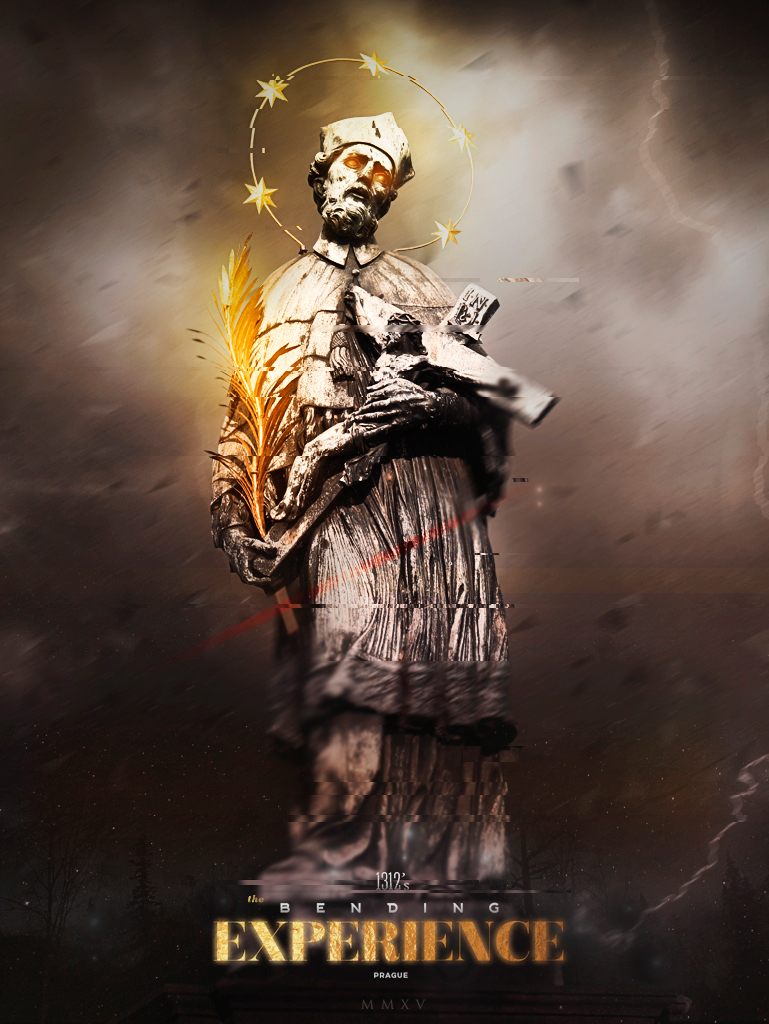
Yang was born between approximately 1340 m and 1350 m a year in the settlement of Pomuk (modern Nepomuk Czech), close to the Cistercian monastery at the hill "Green Mountain". In the place where today stands the Church of SV. John of Nepomuk, before (oral sources) was located in the house where was born Jan. The father of Jan — Velvin was in 1355-1367, the mayor of the settlement Pamuk, nothing is known about the mother. Basic education Yan received in the school at Church. James.
In 1370 he became a notary public of the Prague Archbishop, in 1380, was ordained a priest. After receiving the priesthood continued his education, studied law, and in 1381 he received a bachelor of science in Prague, and in 1387 in Padova doctoral degree. In 1389 Yan was appointed the vicar General of the Prague Archbishopric.
Czech king václav IV (1378-1419) have always been in conflict with the higher clergy of the country, defended the priority of secular authority and interfered in Church Affairs, believing the Prague Archbishopric one of his main opponents in domestic politics.
In 1393 by his order were arrested and imprisoned John of Nepomuk and two other priests. Soon John's companions were released, and Jan after painful torture was executed — he was lost in the sack of the Charles bridge, the Vltava river. Specific reason the king was angry on John of Nepomuk is not known. In 1433. chroniclers have suggested, it is highly probable, but not proven, that John refused to disclose to the king the confessional secrets of the Queen, whose Confessor he was.
According to legend, in the very place where the body of the Saint was plunged into the river, over the water, there was a glow in the views of 5 stars, since Nepomuk is depicted with five stars above his head. The spot near which Jan dumped over the railing, you can see on the right hand on the way over the bridge towards the Small Country, this place is marked imbedded in the railing of the bridge and cross the two copper nails close to the cross.
In 1370 he became a notary public of the Prague Archbishop, in 1380, was ordained a priest. After receiving the priesthood continued his education, studied law, and in 1381 he received a bachelor of science in Prague, and in 1387 in Padova doctoral degree. In 1389 Yan was appointed the vicar General of the Prague Archbishopric.
Czech king václav IV (1378-1419) have always been in conflict with the higher clergy of the country, defended the priority of secular authority and interfered in Church Affairs, believing the Prague Archbishopric one of his main opponents in domestic politics.
In 1393 by his order were arrested and imprisoned John of Nepomuk and two other priests. Soon John's companions were released, and Jan after painful torture was executed — he was lost in the sack of the Charles bridge, the Vltava river. Specific reason the king was angry on John of Nepomuk is not known. In 1433. chroniclers have suggested, it is highly probable, but not proven, that John refused to disclose to the king the confessional secrets of the Queen, whose Confessor he was.
According to legend, in the very place where the body of the Saint was plunged into the river, over the water, there was a glow in the views of 5 stars, since Nepomuk is depicted with five stars above his head. The spot near which Jan dumped over the railing, you can see on the right hand on the way over the bridge towards the Small Country, this place is marked imbedded in the railing of the bridge and cross the two copper nails close to the cross.
Ян родился приблизительно между 1340 м и 1350 м годом в поселении Помук (современный чешский Непомук), недалеко от монастыря цистерцианского ордена у холма «Зеленая Гора». В том месте, где сегодня располагается церковь Св. Яна Непомуцкого, ранее (по устным источникам) располагался дом, где и родился Ян. Отец Яна — Велфин — был в 1355—1367 годах бурмистром населенного пункта Помук, о матери ничего неизвестно. Базовое образование Ян получил в школе при церкви Св. Иакова.
В 1370 г. он стал нотариусом пражского архиепископа, в 1380 г. был рукоположен в священники. После получения сана продолжил образование, изучал право, в 1381 г. получил степень бакалавра в Праге, а в 1387 г. в Падуе докторскую степень. В 1389 г. Ян был назначен генеральным викарием пражского архиепископства.
Чешский король Вацлав IV (1378—1419) постоянно конфликтовал с высшим духовенством страны, отстаивал приоритет светской власти и вмешивался во внутрицерковные дела, полагая пражское архиепископство одним из главных своих оппонентов во внутренней политике.
В 1393 г. по его приказу были схвачены и брошены в тюрьму Ян Непомуцкий и два других священника. Вскоре товарищи Яна были отпущены, а Ян после мучительных пыток был казнён — его бросили в мешке с Карлова моста во Влтаву. Конкретная причина, по которой гнев короля обрушился именно на Яна Непомуцкого, точно не известна. В 1433 г. хронисты выдвинули предположение, весьма вероятное, но точно не доказанное, что Ян отказался раскрыть королю тайну исповеди королевы, духовником которой он был.
По преданию, в том самом месте, где тело святого погрузилось во Влтаву, над водой возникло свечение в виде 5 звезд, с тех пор Непомуцкий изображается с пятью звездами над головой. Место, возле которого Яна сбрасывали через перила, можно увидеть по правую руку на пути по мосту в сторону Мала Страны, это место отмечено вмурованным в перила моста крестом и двумя медными гвоздями неподалеку от креста.
В 1370 г. он стал нотариусом пражского архиепископа, в 1380 г. был рукоположен в священники. После получения сана продолжил образование, изучал право, в 1381 г. получил степень бакалавра в Праге, а в 1387 г. в Падуе докторскую степень. В 1389 г. Ян был назначен генеральным викарием пражского архиепископства.
Чешский король Вацлав IV (1378—1419) постоянно конфликтовал с высшим духовенством страны, отстаивал приоритет светской власти и вмешивался во внутрицерковные дела, полагая пражское архиепископство одним из главных своих оппонентов во внутренней политике.
В 1393 г. по его приказу были схвачены и брошены в тюрьму Ян Непомуцкий и два других священника. Вскоре товарищи Яна были отпущены, а Ян после мучительных пыток был казнён — его бросили в мешке с Карлова моста во Влтаву. Конкретная причина, по которой гнев короля обрушился именно на Яна Непомуцкого, точно не известна. В 1433 г. хронисты выдвинули предположение, весьма вероятное, но точно не доказанное, что Ян отказался раскрыть королю тайну исповеди королевы, духовником которой он был.
По преданию, в том самом месте, где тело святого погрузилось во Влтаву, над водой возникло свечение в виде 5 звезд, с тех пор Непомуцкий изображается с пятью звездами над головой. Место, возле которого Яна сбрасывали через перила, можно увидеть по правую руку на пути по мосту в сторону Мала Страны, это место отмечено вмурованным в перила моста крестом и двумя медными гвоздями неподалеку от креста.
Object 03
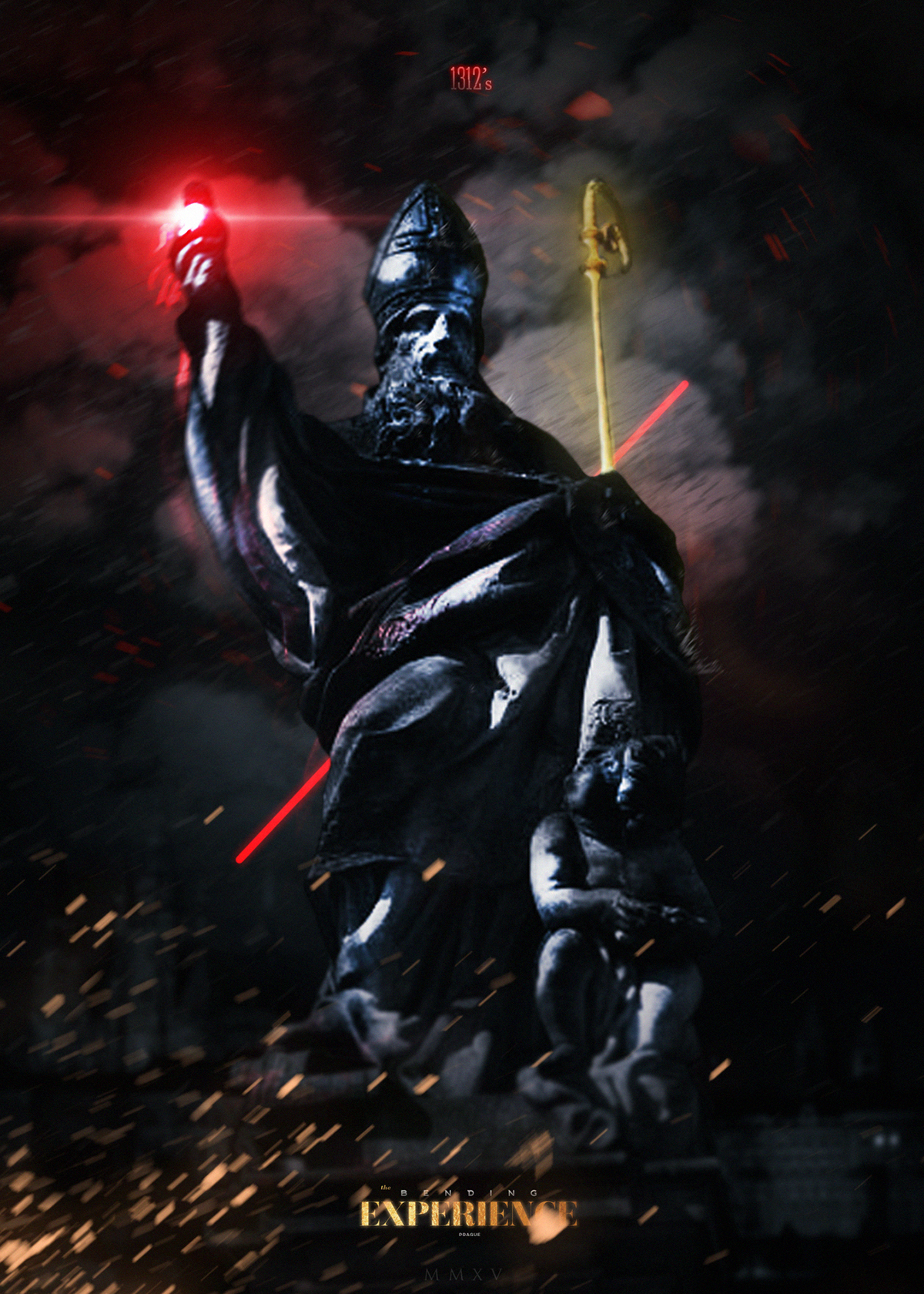
Saint Augustine of Hippo, a Christian theologian and philosopher, scholar and preacher, one of the Fathers of the Church and founder of Augustinianism (1708, Jerome black, copy). He was one of two prominent theologians, who received the epithet " Blessed is the man whom the Western Church considers to be saved and he that dwelleth in heaven.
Augustine was born in the year 354 in North Africa, near Carthage, where he spent most of his life. As a Bishop, preached, led the fight against religious heresy, wrote a large number of spiritual books, and of his kindness to the common people was legendary. Therefore the mendicant monastic order, founded in the XIII century under the rule of Saint Augustine and mimic the lifestyle of the Holy Apostles, bears the name of this Holy order of Augustinian.
The sculpture of Charles bridge, Saint Augustine of Hippo is depicted in Episcopal vestments with a flaming heart in his hand, right foot stepped on heretical books.
Augustine was born in the year 354 in North Africa, near Carthage, where he spent most of his life. As a Bishop, preached, led the fight against religious heresy, wrote a large number of spiritual books, and of his kindness to the common people was legendary. Therefore the mendicant monastic order, founded in the XIII century under the rule of Saint Augustine and mimic the lifestyle of the Holy Apostles, bears the name of this Holy order of Augustinian.
The sculpture of Charles bridge, Saint Augustine of Hippo is depicted in Episcopal vestments with a flaming heart in his hand, right foot stepped on heretical books.
Святой Августин Блаженный, христианский теолог и философ, ученый и проповедник, один из Отцов церкви и основатель августинизма (1708 год, Иероним Кол, копия). Он был одним из двух выдающихся богословов, получившим эпитет Блаженный — человек, которого Западная Церковь считает спасенным и пребывающим на небесах.
Августин родился в 354 году в Северной Африке, близ Карфагена, где и провел большую часть своей жизни. Будучи епископом, много проповедовал, вел борьбу с религиозной ересью, написал большое количество духовных книг, а о его доброте к простым людям ходили легенды. Поэтому нищенствующий монашеский орден, созданный в XIII веке по уставу Святого Августина и повторяющий образ жизни Святых Апостолов, носит имя этого святого – орден августинцев.
На скульптуре Карлова моста Святой Августин Блаженный изображен в епископском одеянии с пылающим сердцем в руке, правой ногой наступивший на еретические книги.
Августин родился в 354 году в Северной Африке, близ Карфагена, где и провел большую часть своей жизни. Будучи епископом, много проповедовал, вел борьбу с религиозной ересью, написал большое количество духовных книг, а о его доброте к простым людям ходили легенды. Поэтому нищенствующий монашеский орден, созданный в XIII веке по уставу Святого Августина и повторяющий образ жизни Святых Апостолов, носит имя этого святого – орден августинцев.
На скульптуре Карлова моста Святой Августин Блаженный изображен в епископском одеянии с пылающим сердцем в руке, правой ногой наступивший на еретические книги.
Object 04
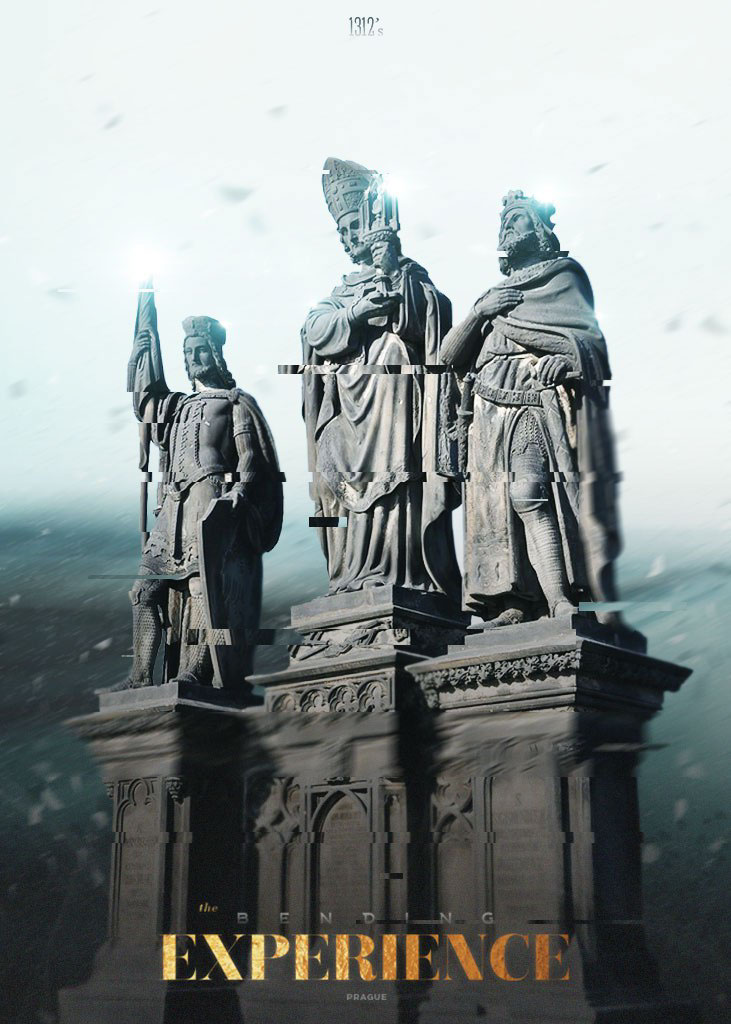
Saints Norbert, Wenceslas and Sigismund (1853, Joseph Max). In the first embodiment of the sculpture 1708 Saint Norbert was shown together with the Saints Adrian and Jacob. In 1764, a rambling pieces were replaced and next to Norbert were angels. Constant desire to maintain the image of St. Norbert's because his relics are in the Strahov monastery in Prague.
Norbert of Xanten was in relationship with the German Imperial house, led a secular life filled with pleasures, not looking at his spiritual canonry. A sharp change in lifestyle Norbert has caused an incident while riding: horse, frightened of thunder, suffered, and Norbert miraculously not dead. Canon took this case as a miracle from God and a sign, retired from the yard and began to lead a pious monastic life. In 1120 on own funds founded in the French town of Prémontrés Abbey, which gave the name to the new Catholic monastic order of prémontrés.
Saint Wenceslas, Prince and patron of Czech lands, who has done a lot for the spread of Christianity in the Czech Republic. It is on the order in the X century a Church was built, which served as the basis of the St. Vitus Cathedral at Prague Castle St. Wenceslas.
King Sigismund of Burgundy, as a zealous Catholic, was always trying to persuade him to the Christian faith of the Germanic tribes. In the year 522, the hex's second wife, in a fit of rage killed his own son. Recovering and horrified by the crime, the king went into the Abbey, where he helped the poor and suffering by donating part of his fortune. Later, the result is devastating for his Kingdom to war, he long time in hiding in the Abbey disguised as a simple monk, but was discovered, transported with his family in Orleans and executed. In the fourteenth century the Emperor Charles IV brought the relics of St. Sigismund in Prague and since then he is the patron Saint of the Czech Republic Prague Charles IV.
Sculpture in the hands of St. Norbert tabernacle, St. Wenceslas holds a banner, and Sigismund Holy — sword.
Norbert of Xanten was in relationship with the German Imperial house, led a secular life filled with pleasures, not looking at his spiritual canonry. A sharp change in lifestyle Norbert has caused an incident while riding: horse, frightened of thunder, suffered, and Norbert miraculously not dead. Canon took this case as a miracle from God and a sign, retired from the yard and began to lead a pious monastic life. In 1120 on own funds founded in the French town of Prémontrés Abbey, which gave the name to the new Catholic monastic order of prémontrés.
Saint Wenceslas, Prince and patron of Czech lands, who has done a lot for the spread of Christianity in the Czech Republic. It is on the order in the X century a Church was built, which served as the basis of the St. Vitus Cathedral at Prague Castle St. Wenceslas.
King Sigismund of Burgundy, as a zealous Catholic, was always trying to persuade him to the Christian faith of the Germanic tribes. In the year 522, the hex's second wife, in a fit of rage killed his own son. Recovering and horrified by the crime, the king went into the Abbey, where he helped the poor and suffering by donating part of his fortune. Later, the result is devastating for his Kingdom to war, he long time in hiding in the Abbey disguised as a simple monk, but was discovered, transported with his family in Orleans and executed. In the fourteenth century the Emperor Charles IV brought the relics of St. Sigismund in Prague and since then he is the patron Saint of the Czech Republic Prague Charles IV.
Sculpture in the hands of St. Norbert tabernacle, St. Wenceslas holds a banner, and Sigismund Holy — sword.
Святые Норберт, Сигизмунд и Вацлав (1853 год, Йозеф Макс). В первом варианте скульптуры 1708 года Святой Норберт был изображен вместе со Святыми Андрианом и Иаковом. В 1764 году ветшающие фигуры были заменены и рядом с Норбертом стояли ангелы. Постоянное желание сохранить именно образ Святого Норберта связано с тем, что его мощи находятся в Страговском монастыре Праги.
Норберт Ксантенский состоял в родстве с германским императорским домом, вел светскую жизнь, наполненную удовольствиями, не смотря на занимаемую духовную должность каноника. Резкую перемену в образе жизни Норберта вызвал инцидент, произошедший с ним во время поездки верхом: лошадь, испугавшаяся грома, понесла, и Норберт лишь чудом не погиб. Каноник воспринял этот случай, как Божье чудо и знак, удалился от двора и начал вести благочестивую монашескую жизнь. В 1120 году на собственные средства основал во французском местечке Премонтре аббатство, которое дало имя новому католическому монашескому ордену премонстрантов.
Святой Вацлав, князь и покровитель земли чешской, многое сделавший для распространения христианства в Чехии. Именно по его распоряжению в X веке была построена церковь, послужившая основой собора Святого Вита в Пражском Граде Святой Вацлав.
Король Бургундии Сигизмунд, как ревностный католик, постоянно пытался склонить к христианской вере древнегерманские племена. В 522 году, по наговору второй жены, в приступе ярости убил родного сына. Придя в себя и ужаснувшись преступлению, король ушел в основанное им аббатство, где помогал бедным и страждущим, пожертвовав часть своего состояния. Позже, в результате разгромной для его королевства войны, он длительное время скрывался в аббатстве под видом простого монаха, но был обнаружен, перевезен с семьей в Орлеан и казнен. В четырнадцатом веке император Карл IV перевез мощи Святого Сигизмунда в Прагу и с тех пор он считается покровителем Чехии Прага Карла IV.
На скульптуре в руках у Святого Норберта дарохранительница, Святой Вацлав держит знамя, а Святой Сигизмунд — меч.
Норберт Ксантенский состоял в родстве с германским императорским домом, вел светскую жизнь, наполненную удовольствиями, не смотря на занимаемую духовную должность каноника. Резкую перемену в образе жизни Норберта вызвал инцидент, произошедший с ним во время поездки верхом: лошадь, испугавшаяся грома, понесла, и Норберт лишь чудом не погиб. Каноник воспринял этот случай, как Божье чудо и знак, удалился от двора и начал вести благочестивую монашескую жизнь. В 1120 году на собственные средства основал во французском местечке Премонтре аббатство, которое дало имя новому католическому монашескому ордену премонстрантов.
Святой Вацлав, князь и покровитель земли чешской, многое сделавший для распространения христианства в Чехии. Именно по его распоряжению в X веке была построена церковь, послужившая основой собора Святого Вита в Пражском Граде Святой Вацлав.
Король Бургундии Сигизмунд, как ревностный католик, постоянно пытался склонить к христианской вере древнегерманские племена. В 522 году, по наговору второй жены, в приступе ярости убил родного сына. Придя в себя и ужаснувшись преступлению, король ушел в основанное им аббатство, где помогал бедным и страждущим, пожертвовав часть своего состояния. Позже, в результате разгромной для его королевства войны, он длительное время скрывался в аббатстве под видом простого монаха, но был обнаружен, перевезен с семьей в Орлеан и казнен. В четырнадцатом веке император Карл IV перевез мощи Святого Сигизмунда в Прагу и с тех пор он считается покровителем Чехии Прага Карла IV.
На скульптуре в руках у Святого Норберта дарохранительница, Святой Вацлав держит знамя, а Святой Сигизмунд — меч.
Object 05
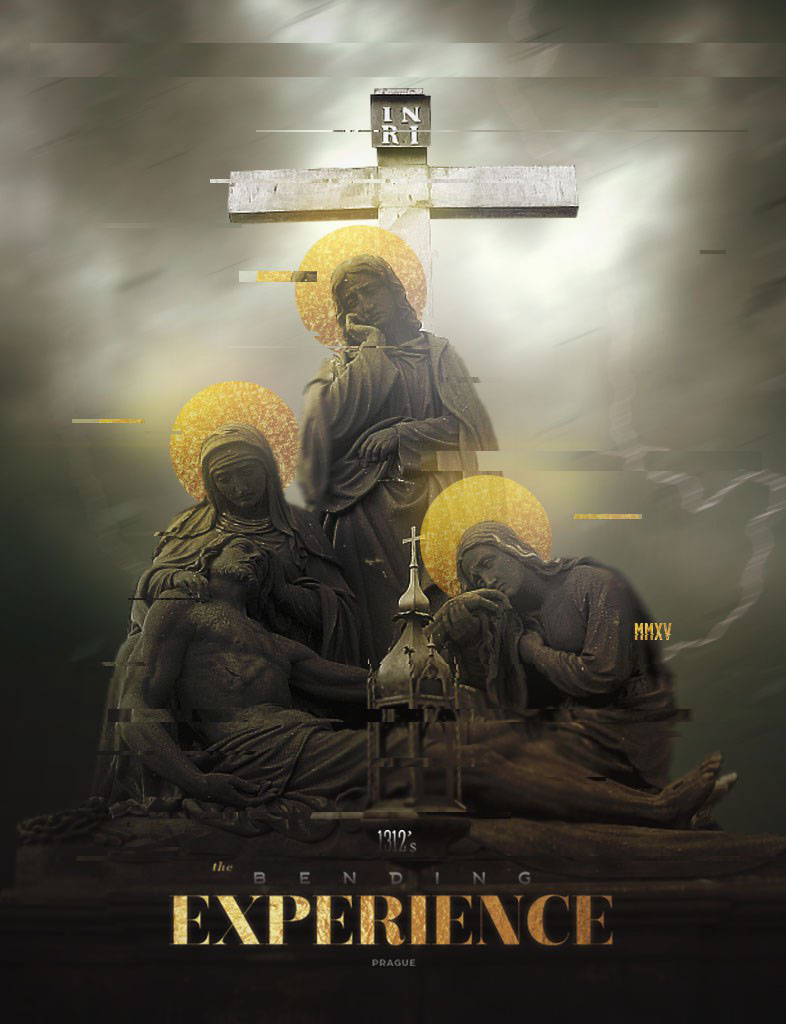
The lamentation of Christ, an episode of the passion of Christ (1859, Emanuel Max).
The lamentation of Christ after the removal of his body from the cross is a story in several apocryphal and theological treatises, and is absent in the canonical texts. Unlike the pietà, where the body of Jesus in the lap of the weeping of the virgin Mary, and there are no other characters in the scene of Mourning for Christ's usually lying on the ground, surrounded by several figures.
On the sculptural composition of the Charles bridge over the body of the Savior in prayer leaned herself the virgin Mary, Mary Magdalene (the repentant prostitute who followed Jesus after healing from possession by seven demons) and John the Evangelist (author of the fourth gospel and one of the favorite disciples of Christ).
The lamentation of Christ after the removal of his body from the cross is a story in several apocryphal and theological treatises, and is absent in the canonical texts. Unlike the pietà, where the body of Jesus in the lap of the weeping of the virgin Mary, and there are no other characters in the scene of Mourning for Christ's usually lying on the ground, surrounded by several figures.
On the sculptural composition of the Charles bridge over the body of the Savior in prayer leaned herself the virgin Mary, Mary Magdalene (the repentant prostitute who followed Jesus after healing from possession by seven demons) and John the Evangelist (author of the fourth gospel and one of the favorite disciples of Christ).
Оплакивание Христа, эпизод Страстей Христовых (1859 год, Эмануил Макс).
Оплакивание Христа после снятия его тела с креста является сюжетом в ряде апокрифических и теологических сочинений и отсутствует в канонических текстах. В отличие от «Пьеты», где тело Иисуса находится на коленях у рыдающей Богоматери, и отсутствуют другие персонажи, в сцене Оплакивания Христос обычно лежит на земле, окруженный несколькими фигурами.
На скульптурной композиции Карлова моста над телом Спасителя в молитве склонились сама Богородица, Мария Магдалина (раскаявшаяся блудница, последовавшая за Иисусом после исцеления от одержимости семью бесами) и Иоанн Богослов (автор четвертого Евангелия и один из любимых учеников Христа).
Оплакивание Христа после снятия его тела с креста является сюжетом в ряде апокрифических и теологических сочинений и отсутствует в канонических текстах. В отличие от «Пьеты», где тело Иисуса находится на коленях у рыдающей Богоматери, и отсутствуют другие персонажи, в сцене Оплакивания Христос обычно лежит на земле, окруженный несколькими фигурами.
На скульптурной композиции Карлова моста над телом Спасителя в молитве склонились сама Богородица, Мария Магдалина (раскаявшаяся блудница, последовавшая за Иисусом после исцеления от одержимости семью бесами) и Иоанн Богослов (автор четвертого Евангелия и один из любимых учеников Христа).
Object 06
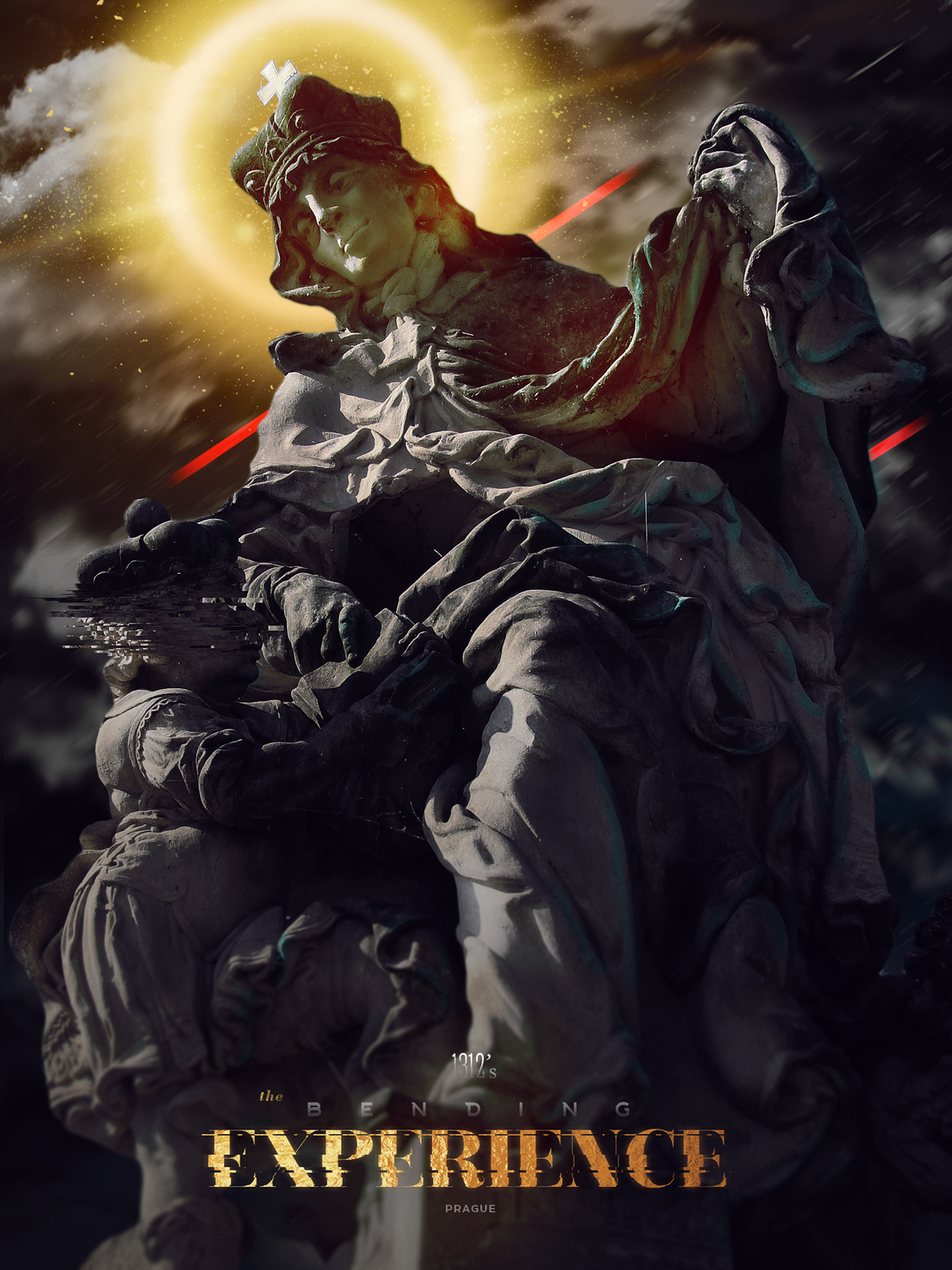
Saint Ludmila, the Czech Princess, the first Martyr and the first patron of the Czech Republic (year 1720, Matthias Braun, copy).
As the daughter of the Serbian Prince heathen, became the wife of the Czech Prince Bořivoj with him and was baptized by Methodius in the year 871. Led a strict and pious life, drew the Czech people to Christianity, preserved in the country of the Slavic Liturgy. Raised in the spirit of Christianity of his grandson, the future Duke of St. Wenceslas. In the year 921,, by order of the daughters-in-law-a Gentile, was strangled during prayer own veil.
In the center of the sculptural composition stands the majestic statue of St. Ludmila, to her right is a young Vaclav, on his head wearing a crown — testimony of the future stay on the throne, and to the left there is a small guardian angel. In his left hand appeared firmly compresses the veil, which will be strangled, and his right hand points to the Bible, which teaches to read Wenceslas. The pedestal of the sculpture is decorated with a bas-relief depicting the murder of Prince Wenceslas brother-Gentile.
As the daughter of the Serbian Prince heathen, became the wife of the Czech Prince Bořivoj with him and was baptized by Methodius in the year 871. Led a strict and pious life, drew the Czech people to Christianity, preserved in the country of the Slavic Liturgy. Raised in the spirit of Christianity of his grandson, the future Duke of St. Wenceslas. In the year 921,, by order of the daughters-in-law-a Gentile, was strangled during prayer own veil.
In the center of the sculptural composition stands the majestic statue of St. Ludmila, to her right is a young Vaclav, on his head wearing a crown — testimony of the future stay on the throne, and to the left there is a small guardian angel. In his left hand appeared firmly compresses the veil, which will be strangled, and his right hand points to the Bible, which teaches to read Wenceslas. The pedestal of the sculpture is decorated with a bas-relief depicting the murder of Prince Wenceslas brother-Gentile.
Святая Людмила, чешская княгиня, первая мученица и первая покровительница Чехии (1720 год, Матиаш Браун, копия).
Будучи дочерью сербского князя-язычника, стала женой чешского князя Борживоя и вместе с ним приняла крещение от самого Мефодия в 871 году. Вела строгую, благочестивую жизнь, обращала чешский народ в христианство, сохранила в стране славянское богослужение. Воспитала в духе христианства своего внука, будущего князя Святого Вацлава. В 921 году, по приказу невестки-язычницы, была задушена во время молитвы собственной вуалью.
В центре скульптурной композиции возвышается величественная статуя Святой Людмилы, справа от нее стоит юный Вацлав, на его голове надета корона — свидетельство будущего пребывания на троне, а слева расположился маленький ангел-хранитель. В левой руке великомученица крепко сжимает вуаль, которой будет задушена, а правой указывает на библию, по которой учит читать Вацлава. Постамент скульптуры украшает барельеф, отображающий момент убийства князя Вацлава родным братом-язычником.
Будучи дочерью сербского князя-язычника, стала женой чешского князя Борживоя и вместе с ним приняла крещение от самого Мефодия в 871 году. Вела строгую, благочестивую жизнь, обращала чешский народ в христианство, сохранила в стране славянское богослужение. Воспитала в духе христианства своего внука, будущего князя Святого Вацлава. В 921 году, по приказу невестки-язычницы, была задушена во время молитвы собственной вуалью.
В центре скульптурной композиции возвышается величественная статуя Святой Людмилы, справа от нее стоит юный Вацлав, на его голове надета корона — свидетельство будущего пребывания на троне, а слева расположился маленький ангел-хранитель. В левой руке великомученица крепко сжимает вуаль, которой будет задушена, а правой указывает на библию, по которой учит читать Вацлава. Постамент скульптуры украшает барельеф, отображающий момент убийства князя Вацлава родным братом-язычником.
Object 07
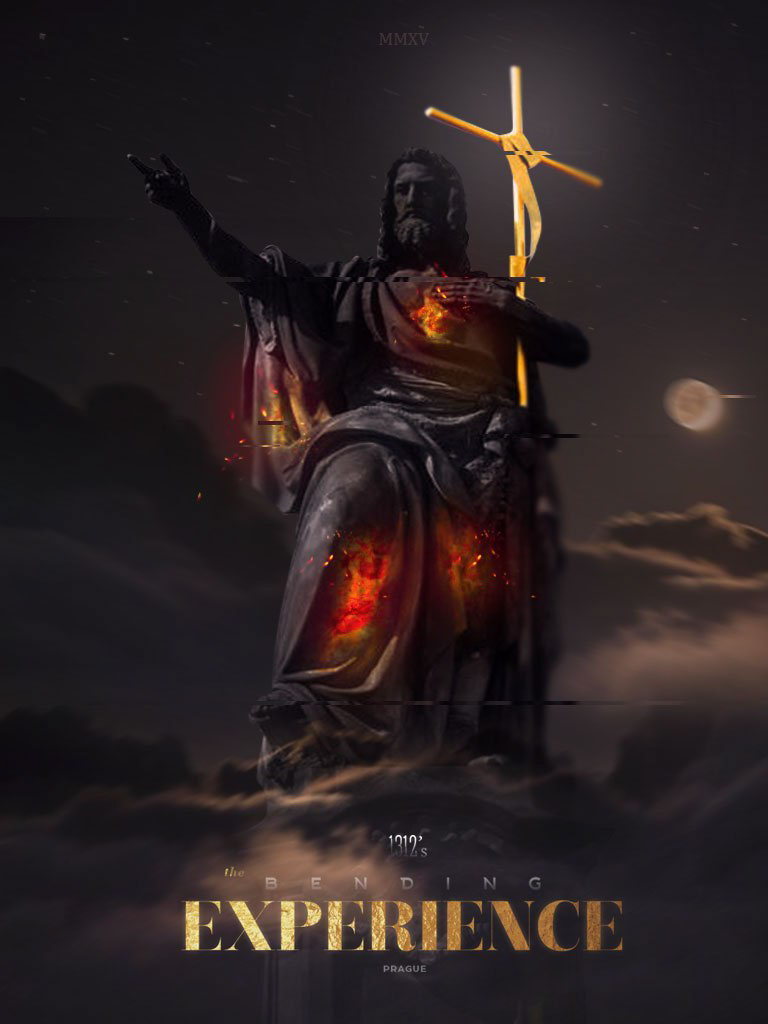
The sculpture of St. John the Baptist (1857, Josef Max) depicts John, to whom Christ came to Baptism in the waters of the Jordan river. According to the Bible, John the Lord revealed the true origin of his son Christ. John was baptizing God himself, after which John became actively promote the baptism around the world. The sculpture is an image of St. John of the cross in his hand, and the gesture of the right hand says that the Lord himself told them to accept Christianity and blesses anyone who passes by.
Earlier this place was also another sculpture – "the Baptism of Christ" (the year 1706, Michael Brokof), but it was badly damaged by the Austrian artillery during the Prague uprising of 1848 and stored in Lapidario National Museum.
Earlier this place was also another sculpture – "the Baptism of Christ" (the year 1706, Michael Brokof), but it was badly damaged by the Austrian artillery during the Prague uprising of 1848 and stored in Lapidario National Museum.
Скульптура Святого Иоанна Крестителя (1857 год, Йозеф Макс) изображает Иоанна, к которому сам Христос пришел на Крещение в водах реки Иордан. Согласно библии, именно Иоанну Господь открыл настоящее происхождение своего сына Христа. Иоанна крестил сам Бог, после чего Иоанн стал активно пропагандировать крещение по всему миру. Скульптура представляет собой изображение Святого Иоанна с крестом в руке, а жест правой руки говорит о том, что сам Господь велел принять христианство и благословляет любого, кто проходит мимо.
Ранее на этом месте также стояла другая скульптура – «Крещение Христа» (1706 год, Михаил Брокоф), но она была сильно повреждена австрийской артиллерией во время пражского восстания 1848 года и хранится в Лапидарии Национального музея.
Ранее на этом месте также стояла другая скульптура – «Крещение Христа» (1706 год, Михаил Брокоф), но она была сильно повреждена австрийской артиллерией во время пражского восстания 1848 года и хранится в Лапидарии Национального музея.
Object 08
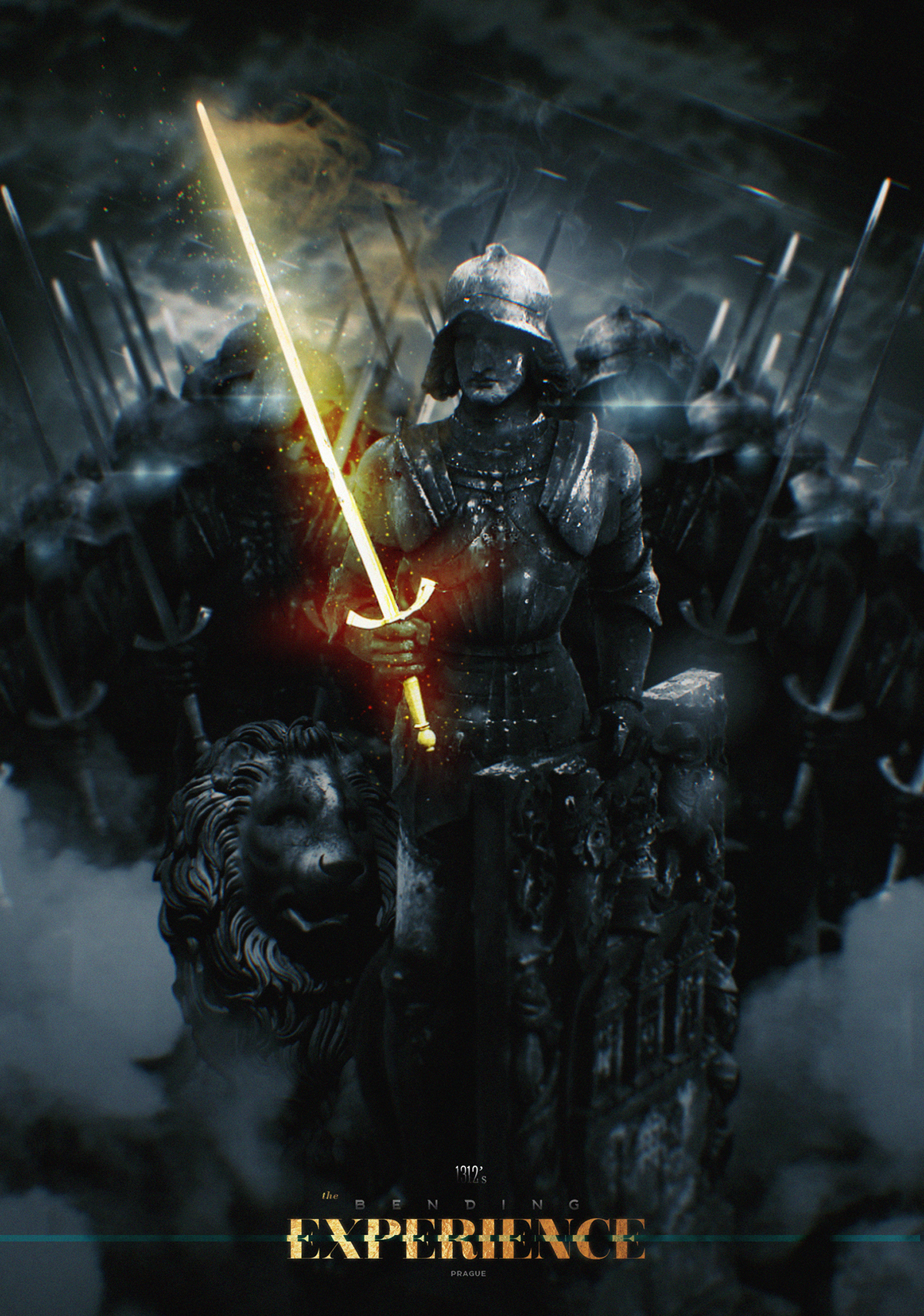
Pale
Sentinel above the lapping of the century
Knight, knight,
The keepers of the river.
On the pedestal is the figure of a knight of Bruncvik, dressed in the armor of the sixteenth century, in his right hand a legendary magical sword in his left a shield with the emblem of the Stare Place, at his feet is a lion, a faithful servant and a loyal friend.
Sentinel above the lapping of the century
Knight, knight,
The keepers of the river.
On the pedestal is the figure of a knight of Bruncvik, dressed in the armor of the sixteenth century, in his right hand a legendary magical sword in his left a shield with the emblem of the Stare Place, at his feet is a lion, a faithful servant and a loyal friend.
Бледный
Страж над плеском века –
Рыцарь, рыцарь,
Стерегущий реку.
На постаменте стоит фигура рыцаря Брунцвика, одетого в доспехи XVI века, в его правой руке легендарный волшебный меч, в левой — щит с изображением герба Старе-Места, у его ног — лев, преданный слуга и верный друг.
Страж над плеском века –
Рыцарь, рыцарь,
Стерегущий реку.
На постаменте стоит фигура рыцаря Брунцвика, одетого в доспехи XVI века, в его правой руке легендарный волшебный меч, в левой — щит с изображением герба Старе-Места, у его ног — лев, преданный слуга и верный друг.
Bonus
Other posters lately
IGK PROJECT Casual Wear igkproject.com



